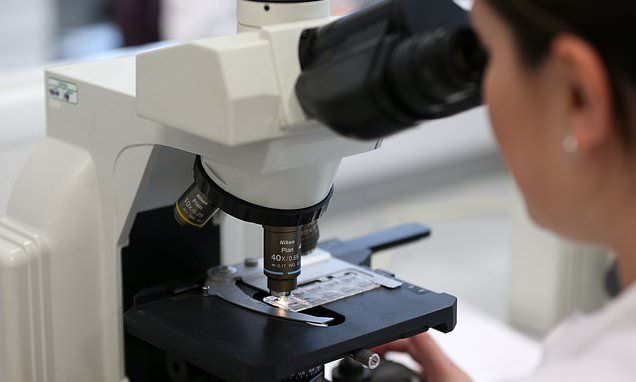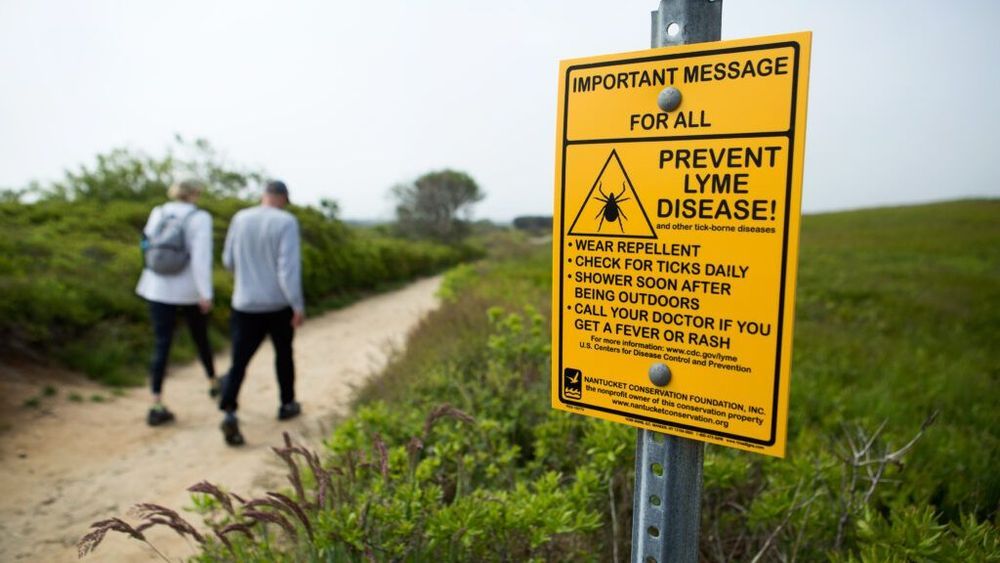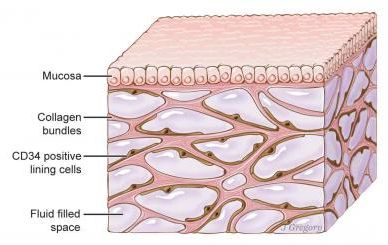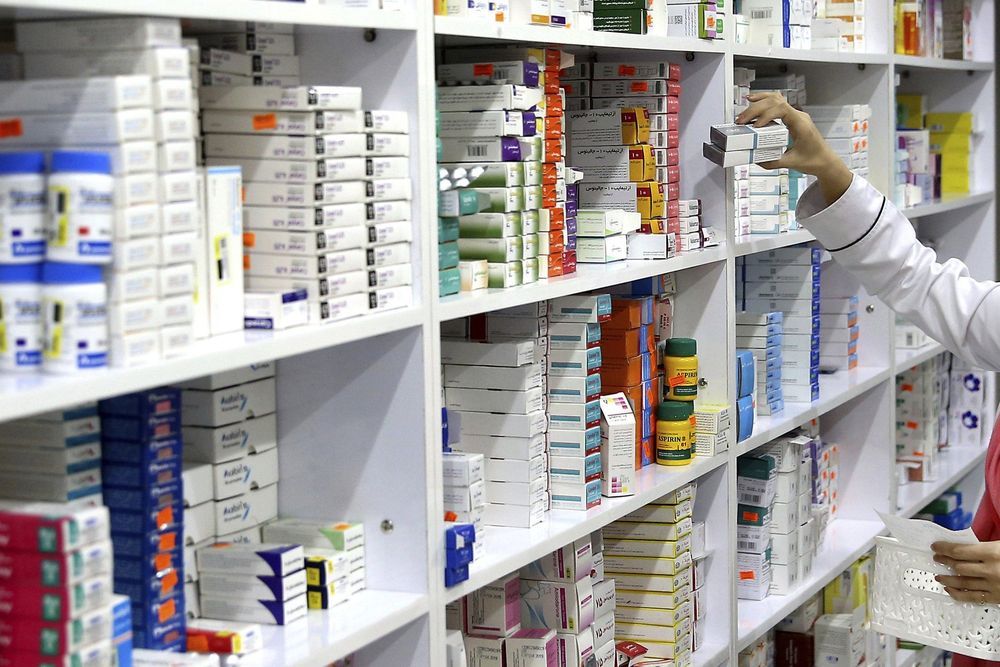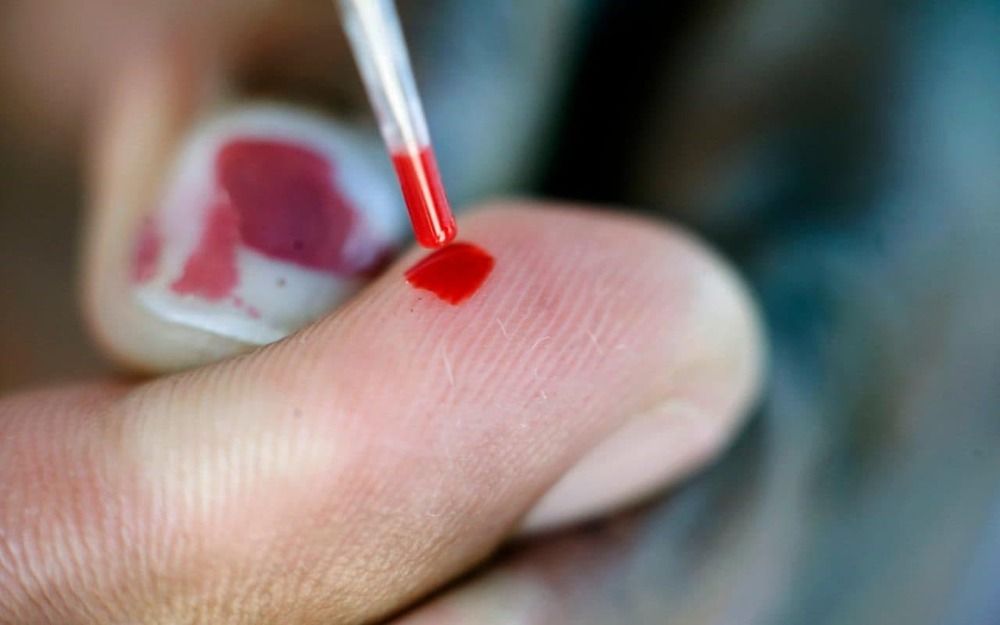Both recent new Kindle books (will be paperbacks also in time) concern the two streams of this project. Primal Eye 1979–2019 outlines circuit designs and hard considerations and outlines MVT Posthuman Psychology. The other Kindle book — ZENET Game of Immortality — details some of the gaming and soft matters.
Everybody isn’t going to live forever even given new genetic techniques and improved medicines. When you reach a terminal state beyond medical science, the only options seem cryogenic preservation, actual death, or Artificial-Death. PRIMAL EYE 40 years on (1979 to 2019) includes Conscious Circuits, Artifical-Death and Posthuman Psychology.
